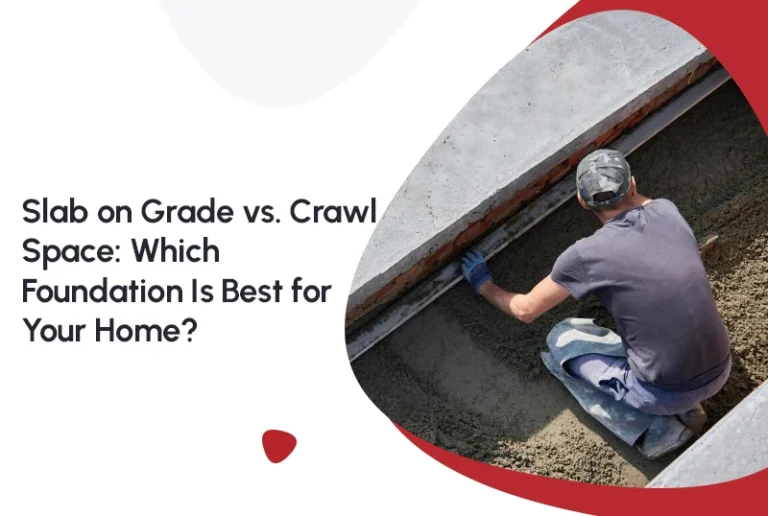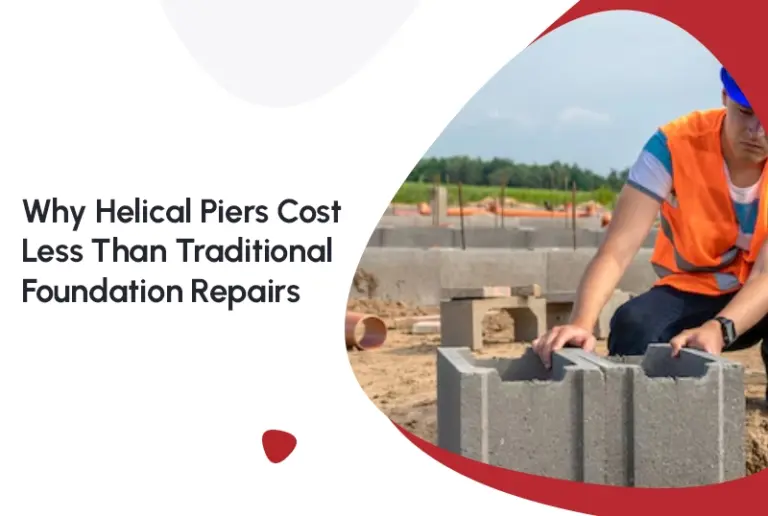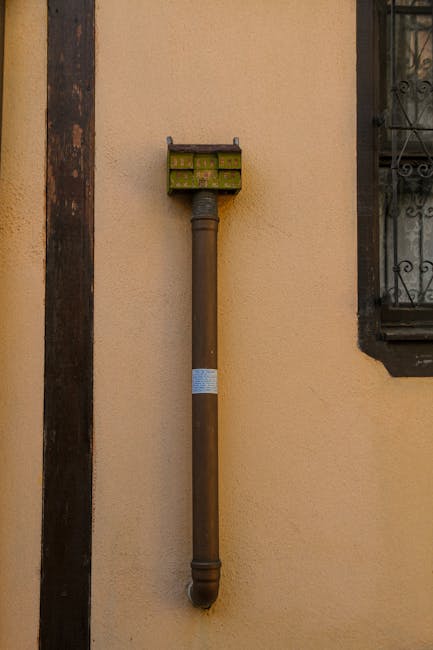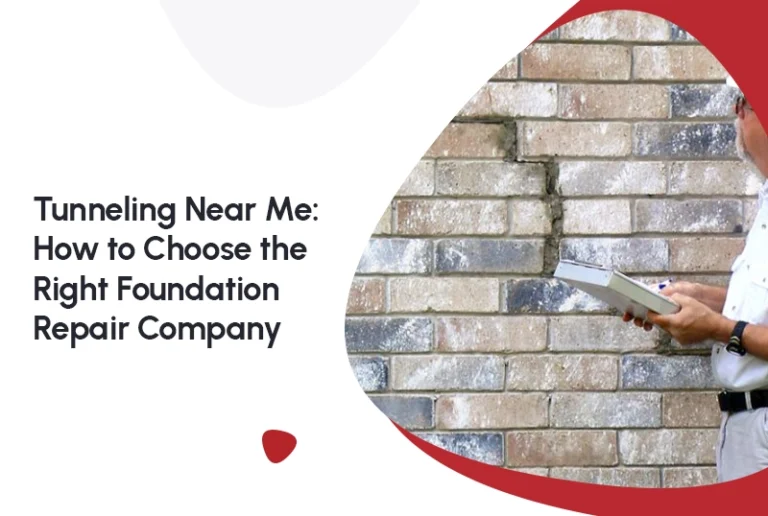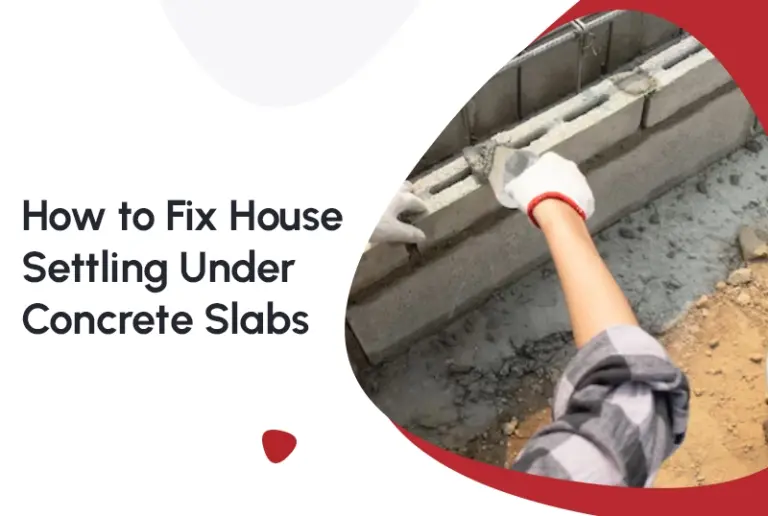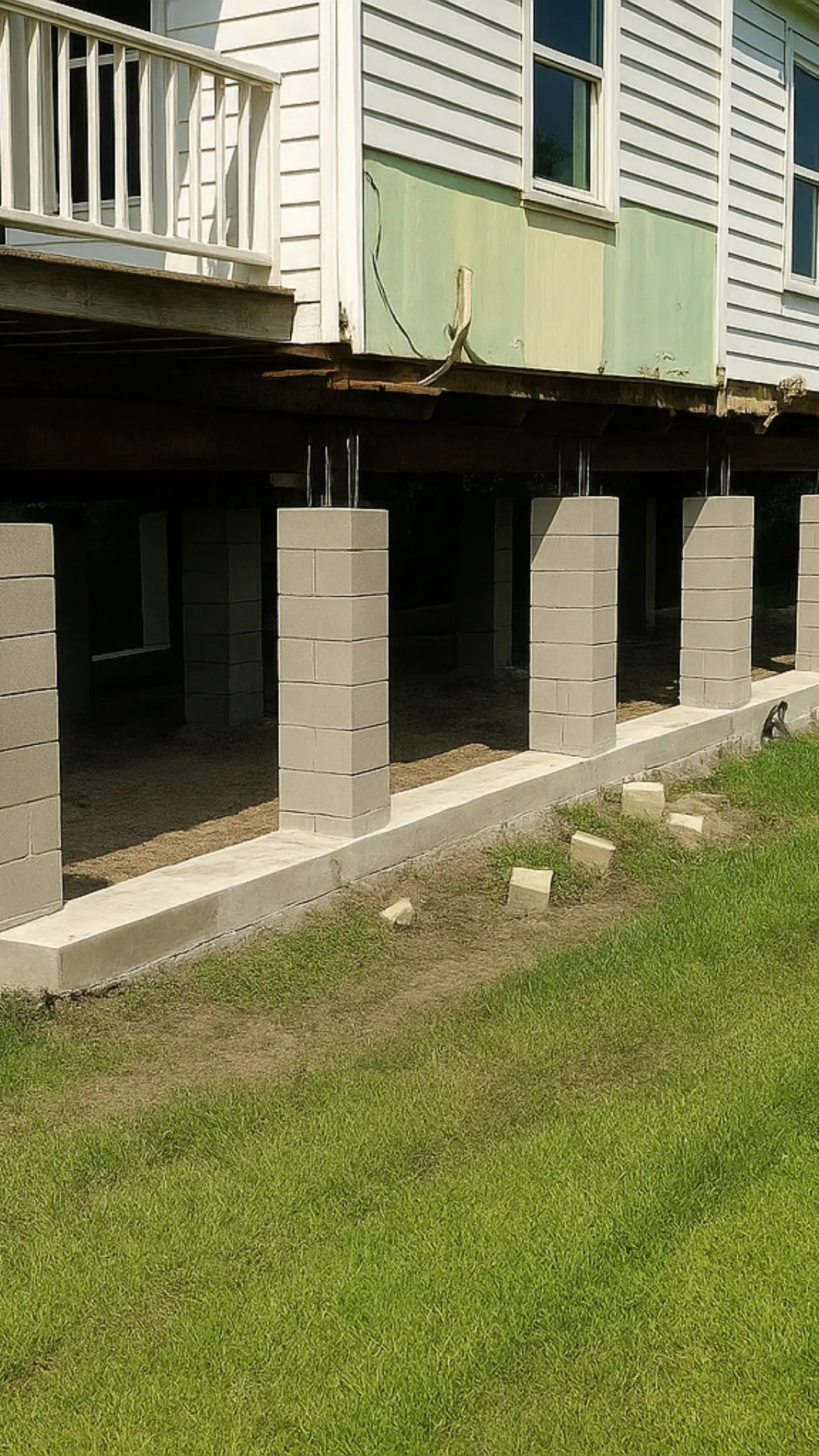Concrete lifting, sometimes called concrete leveling, slab jacking, mudjacking, or foam lifting, is a specialized repair process that raises uneven concrete slabs back to their original, safe position. This technique can be used for a variety of surfaces, including driveways, patios, sidewalks, garage floors, and pool decks.
Concrete lifting is a fast, efficient method to restore your home’s concrete surfaces to their original position, without the disruption or cost of full slab replacement. At the first sign of sagging floors or structural wobble, it’s time to consider a professional House Leveling assessment before minor problems become severe.
Signs Your Property Needs Concrete Lifting
- Sinking or uneven sidewalks, patios, or driveways
- Tripping hazards or cracks in outdoor concrete surfaces
- Pooling water near home foundations or walkways
- Garage or basement floors that slope or feel unsteady
Addressing these issues not only improves curb appeal and safety, but can also prevent further foundation problems down the line.
Mudjacking vs. Polyurethane Foam: The Concrete Lifting Methods
What Is Mudjacking?
Mudjacking, also called slurry injection, has been used for decades to level sinking concrete. The process involves drilling small holes into the concrete slab and injecting a slurry mixture of water, soil, and cement beneath the surface. The slurry fills any gaps and lifts the concrete back into its original position.
Key Benefits of Mudjacking:
- Cost-effective: Compared to polyurethane foam, mudjacking tends to be a more affordable option.
- Quick Process: This method usually takes just a few hours to complete, and you can walk on the concrete within a few hours of the procedure.
- Effective for Larger Areas: If you have large concrete surfaces like driveways or sidewalks, mudjacking is a good choice for restoring their levelness.
However, mudjacking has some drawbacks, such as the potential for the slurry material to add weight to the soil, which can cause further settling over time. It’s also less precise than polyurethane foam, which may impact its long-term effectiveness.
What Is Polyurethane Foam Injection?
Polyurethane foam injection is a modern method of concrete leveling that involves injecting a special foam beneath the concrete. This foam quickly expands, filling voids and raising the slab back to its original position. Once it hardens, the foam creates a stable base that provides long-lasting support.
Key Benefits of Polyurethane Foam:
- Lightweight and Durable: The foam used in this process is lightweight, which means it won’t add weight to your soil or cause future settling.
- Fast and Efficient: The foam sets within minutes, allowing you to use the surface almost immediately after the job is done.
- Precision: Polyurethane foam provides more precise leveling, making it ideal for intricate or smaller areas.
Though polyurethane foam tends to be more expensive than mudjacking, it offers superior performance, durability, and speed.
| Method | Cost | Durability | Application | Pros/Cons |
| Mudjacking | $500-$1500 | Good | Large slabs, driveways | Lower cost, traditional method |
| Polyurethane Foam | $800-$2000 | Excellent | Most surfaces | Fast cure, lightweight, less invasive |
Concrete Lifting vs. Complete Replacement
- When to Lift: Cracks less than ½ inch wide, mostly intact structure
- When to Replace: Severe cracking, shattered or crumbling slabs
Cost difference:
Lifting is typically 50–70% less expensive than full replacement and takes only 1–2 hours for most jobs.
How Concrete Lifting Supports a Strong Foundation
Lifting sagging concrete is only part of a holistic home stability plan. We also inspect for underlying soil, moisture, or plumbing concerns and when needed recommend full Foundation Repair or Concrete Leveling for total long-term protection. Our team can address root causes and give you actionable maintenance tips to help prevent future problems.
Mudjacking vs. Polyurethane Foam: Choosing the Right Method
If you’re working with a limited budget, mudjacking might be the better option. It’s generally less expensive than polyurethane foam, but the savings might not last as long. Polyurethane foam, while pricier upfront, provides a more durable solution that will hold up for years to come.
Speed of Repair: Polyurethane Foam vs. Mudjacking
When it comes to speed, polyurethane foam is the clear winner. While mudjacking can take several hours to dry completely, polyurethane foam cures in minutes, allowing you to use the surface right away.
Durability: Polyurethane Foam vs. Mudjacking
Polyurethane foam offers superior durability. Unlike mudjacking, the foam is lightweight, doesn’t add weight to the soil, and is less likely to shift again in the future. In contrast, the slurry used in mudjacking can sometimes cause further settling, particularly in areas with loose or unstable soil.
Pro Tips for Concrete Leveling and Lifting
- Consult with an Expert: It’s important to consult with a professional foundation repair contractor who can assess your situation and recommend the best concrete lifting method for your needs.
- Consider the Area: For large, open areas like driveways, mudjacking may be a more cost-effective solution, whereas polyurethane foam is ideal for smaller or more intricate lifts.
- Long-Term Solutions: While mudjacking may be cheaper, polyurethane foam offers a more durable, long-term solution, especially in areas prone to soil movement.
Real-Life Example: When Polyurethane Foam Saved the Day
A homeowner in Houston noticed their driveway had sunk and cracked over time, becoming a potential tripping hazard. Initially, they considered mudjacking due to its lower cost. However, after consulting with a concrete lifting contractor, they decided to go with polyurethane foam for its precision and long-lasting results.
The contractor injected the foam beneath the driveway, and within minutes, it was raised to its original level. Not only was the surface restored, but the homeowner now enjoys peace of mind knowing that the concrete is less likely to settle again.
The Final Word
Choosing the right concrete lifting method whether it’s mudjacking or polyurethane foam depends on your budget, the area being repaired, and how long you want the repair to last. Both methods are effective for house leveling and foundation repair, but polyurethane foam offers superior durability and quicker results.
For homeowners looking for an affordable, short-term solution, mudjacking can be a great option. However, for long-term stability and precision, polyurethane foam is the superior choice.
Don’t let cracked or sunken concrete lower your home’s value or create safety risks. Now is the best time to contact the FNF Foundation for a free inspection and explore the advantages of modern concrete lifting. Visit our Concrete Leveling page for a full overview of our advanced solutions or call us to get started with a no-obligation quote.
FAQs
Q: What is the difference between mudjacking and polyurethane foam?
A: Mudjacking uses a slurry mixture of cement and soil to lift concrete, while polyurethane foam is injected under the slab, expanding to lift it precisely.
Q: Which method is more affordable?
A: Mudjacking is generally more affordable than polyurethane foam but may not provide as long-lasting results.
Q: How long does it take for the surface to dry after repair?
A: With mudjacking, it can take several hours to dry. Polyurethane foam sets in just minutes.
Q: Is polyurethane foam better than mudjacking?
A: Yes, polyurethane foam offers better long-term durability, more precision, and faster curing times, though it is more expensive than mudjacking.
Q: Can these methods be used for foundation repair?
A: Yes, both mudjacking and polyurethane foam can be used to repair sunken or uneven concrete foundations.
Q: How long does concrete lifting last?
A: Foam lifting can last decades; mudjacking usually lasts 8–10 years.
Q: Is DIY concrete lifting recommended?
A: It requires professional equipment DIY kits can be risky and less effective.
Q: Can all concrete slabs be lifted?
A: Concrete in reasonably good condition (not crumbling apart) is a good candidate.

